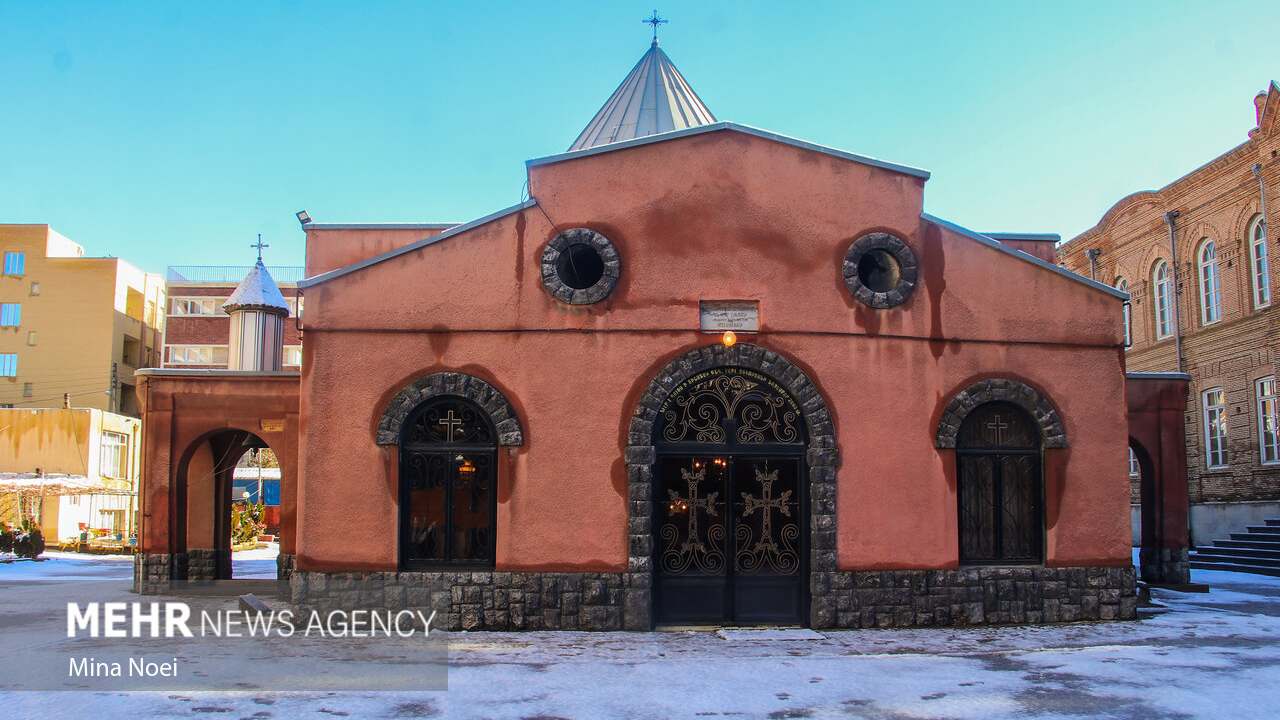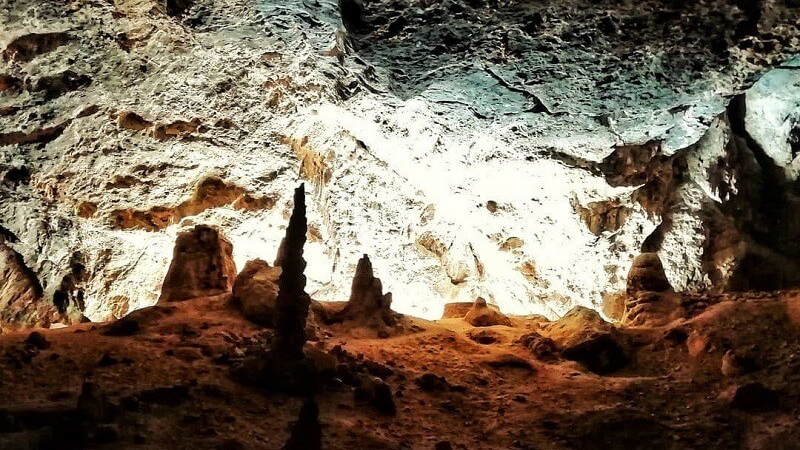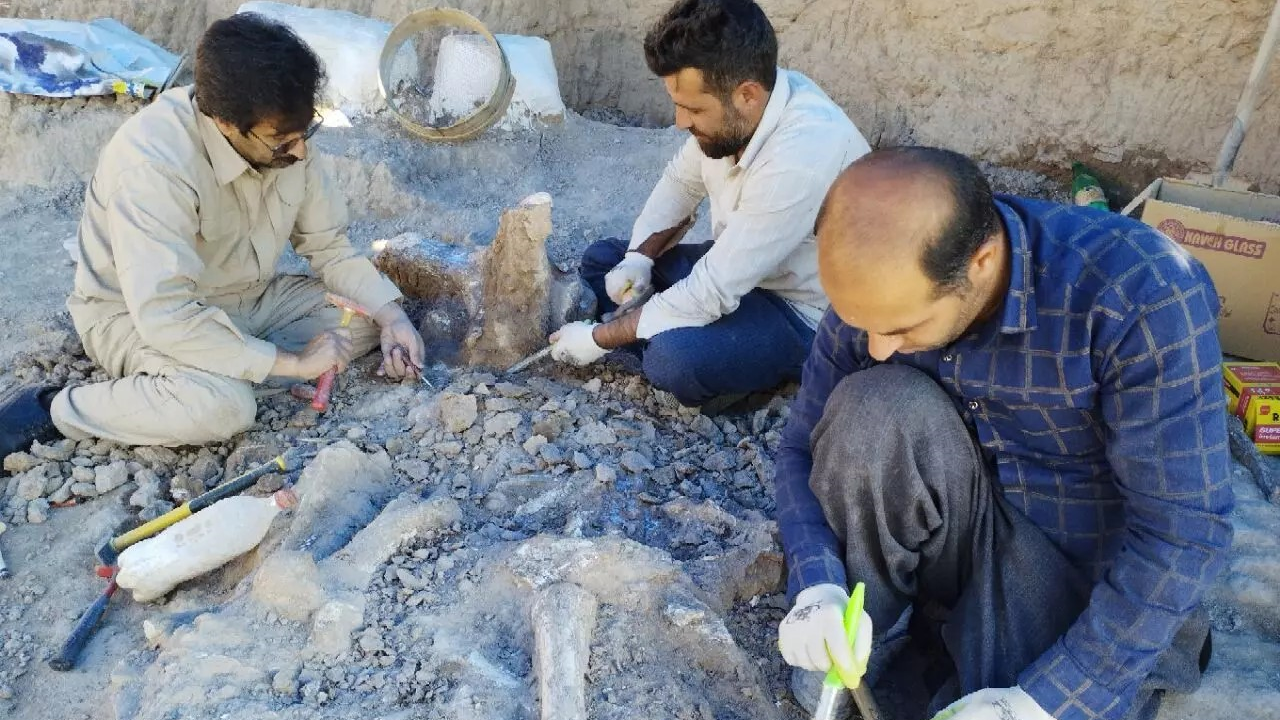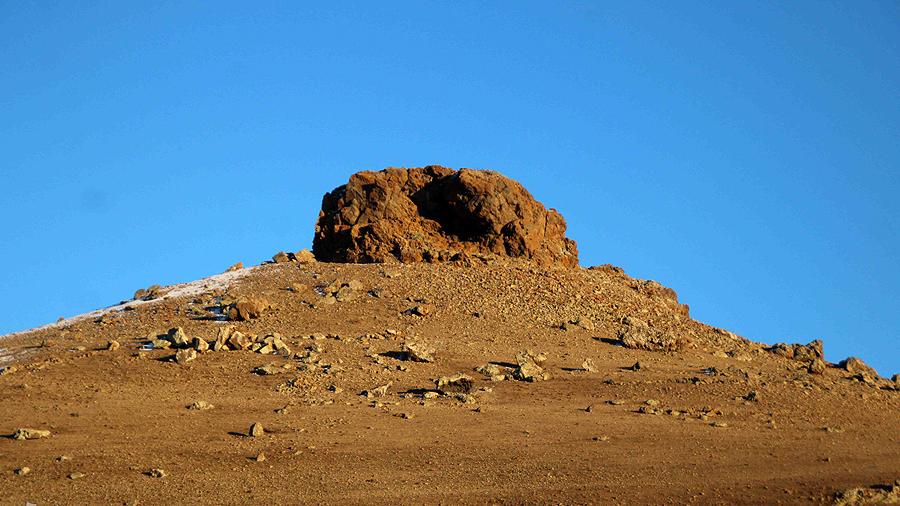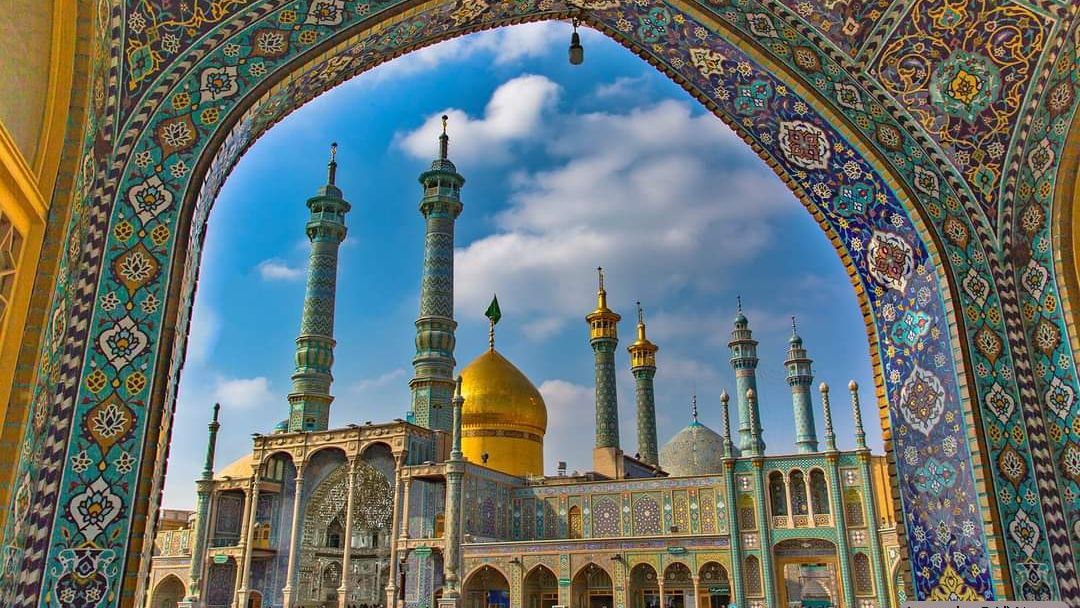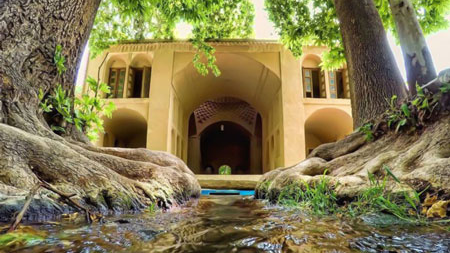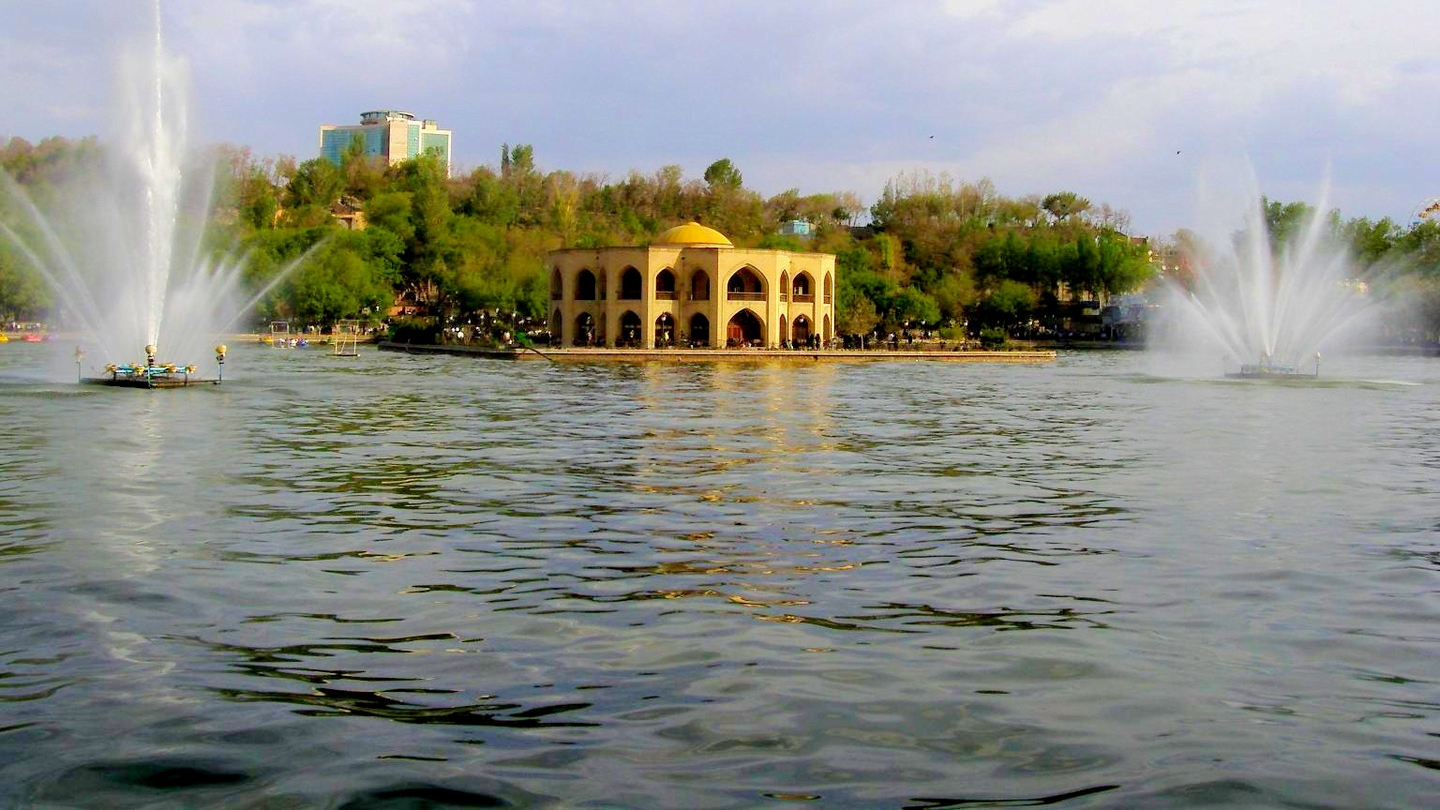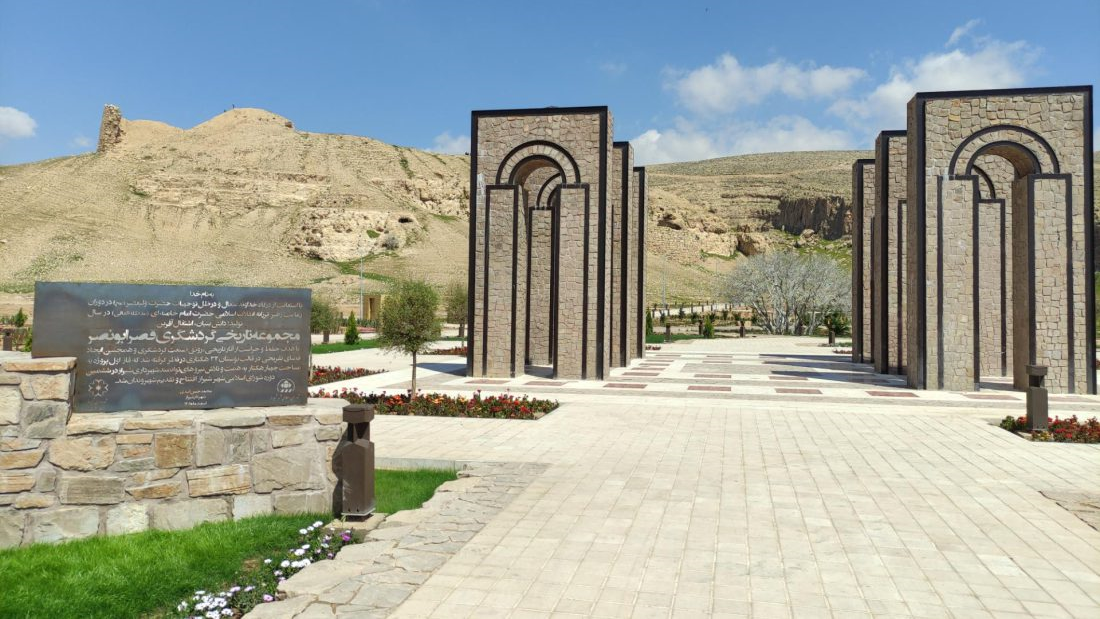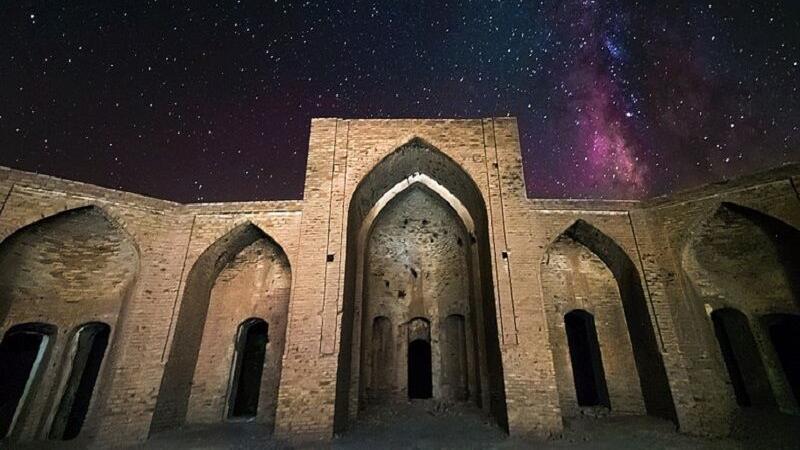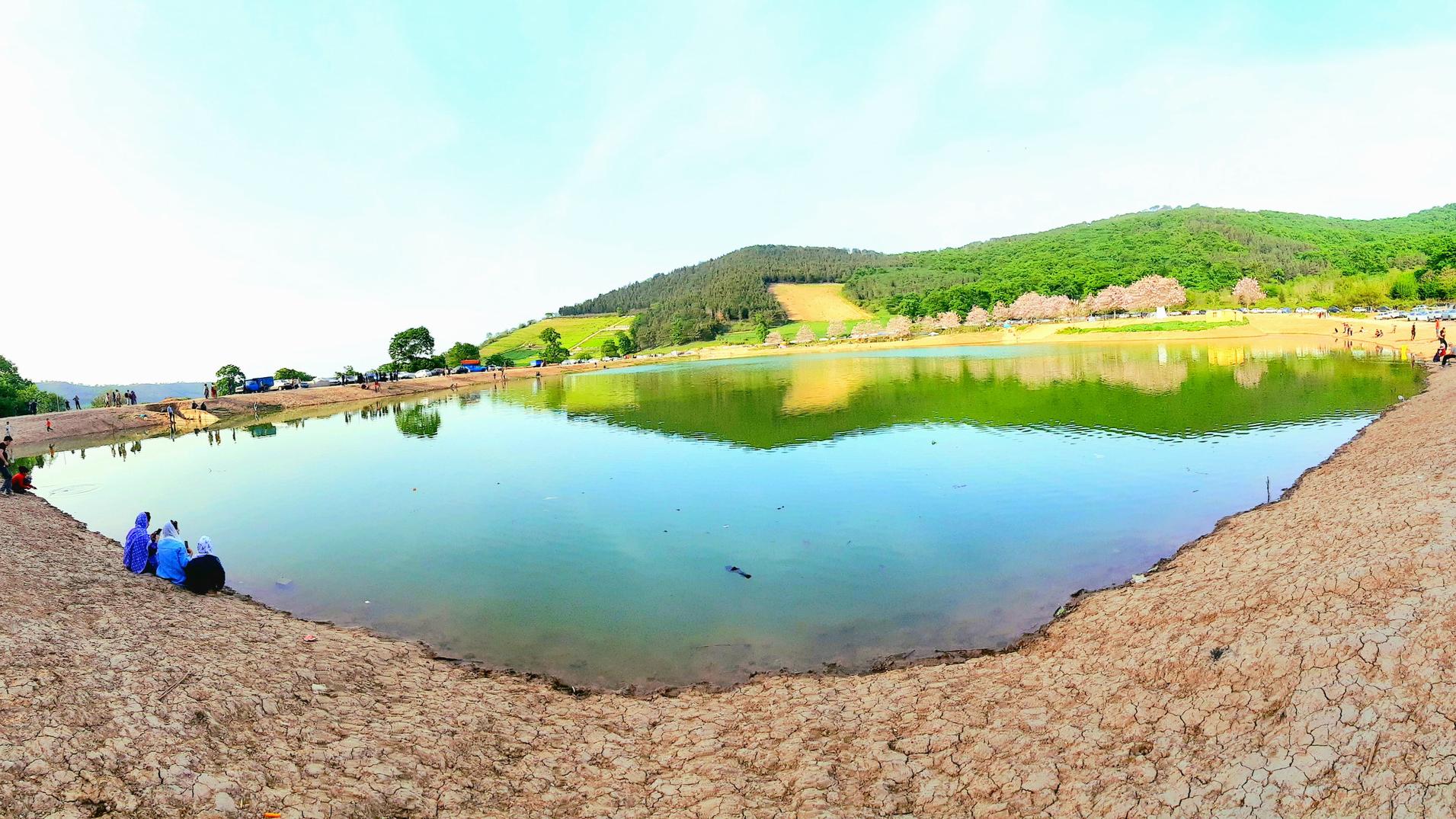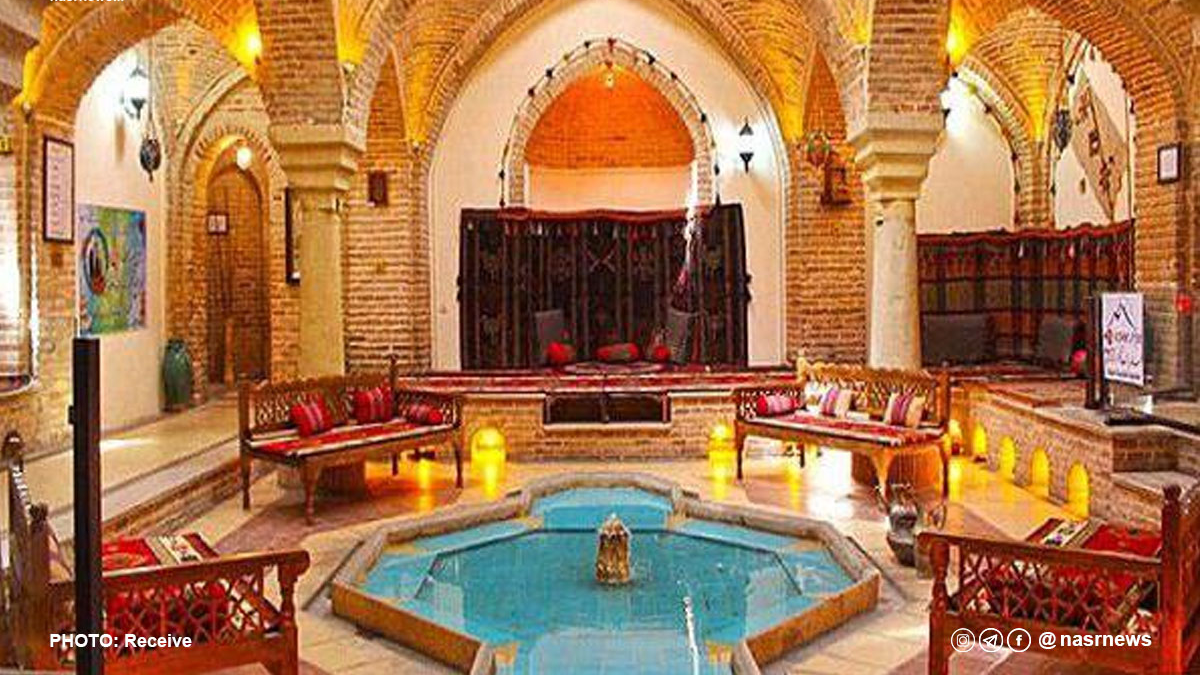
Alishah Citadel
At the time when modernity had not spread over the world and there were no skyscrapers and tall towers in the cities, there were few tall buildings. These buildings were among the most prominent buildings, every one of which had been made for a specific purpose. “Alishah Citadel”, also known as “Tabriz Citadel”, was the tallest building in Tabriz until about 100 years ago and could be recognized from a rather long distance. The remains of this huge building reflect the glory of the original building.
History of Alishah Citadel
Alishah Citadel was originally a mosque, but after hundreds of years and after being stricken by many earthquakes and numerous wars, only its huge walls and the tall niche of its southern nave have remained.
Alishah Citadel was built between 1316 and 1324 AD by Tajuddin Alishah Gilani, the minister of the Ilkhanate Dynasty, with the aim of creating a large tomb in its courtyard. Historians believe that the southern part of the mosque had a large archway, which was bigger than the Taq-e Kasra. Some people claim that Alishah had ordered the architect and builders that this archway should be four guz (each guz is equal to 104 cm) of the Kasra arch. Due to being heavy in weight and built hastily, this arch collapsed shortly after completion. Since Alishah had passed away before the construction of this huge building was completed, this arch was never completed and was left unfinished.
Alisha Citadel Was a Fortress for Freedom Seekers
The fact that the Alishah Citadel is still standing after 700 years and has withstood numerous earthquakes indicates the strength of its structure. It was precisely because of this feature that this building was always a safe fortress during natural disasters or wars. Alishah Citadel was used as a grain store for a while and as an ammunition store for some time, and this was the reason that a fence was built around it, and came to be known as a citadel instead of a mosque.
This building was used as a military place during the Qajar era (19th century). Abbas Mirza, the crown prince of Iran, who was the commander of the Iranian military during the Iran-Russia wars (1804 to 1824 AD), used the Alishah Citadel as a barracks and turned it into a war command headquarters by establishing a casting and cannon factory in the Citadel area. It was also around the same time that a “kolafrangi” mansion (lit. pavilion) was also built in this citadel.
In the course of the Iranian Constitutional Revolution, Alishah Citadel was a bastion for the constitutionalists and the cannonballs fired at it caused certain damages to it. Even today, the place where these cannonballs had hit the body of Alishah Citadel can be seen. During the 1911 AD Russia-Iran War the Alisha Citadel was the stronghold of the people’s struggle against the aggressors. Before the victory of the Islamic Revolution (1979 AD), Alisha Citadel was made into a national garden and, it is now mosalla where Friday prayers are held.
Architecture of the Alishah Citadel
Alisha Citadel is quite unique among Islamic buildings in terms of size. The use of concrete and durable construction materials has given it a lot of strength. The remains of this building include three long walls that form a porch. The width of this part of the building is 30 meters and its height is 26 meters. New excavations show that each wall was made on a seven-meter-deep foundation.
Alishah Citadel was inscribed on the list of Iran’s national heritage in the year 1932.
. “Alishah Citadel”, also known as “Tabriz Citadel”, was the tallest building in Tabriz until about 100 years ago and could be recognized from a rather long distance. The remains of this huge building reflect the glory of the original building.
| Name | Alishah Citadel |
| Country | Iran |
| State | East Azerbaijan |
| City | Tabriz |
| Type | Historical |
| Registration | National |

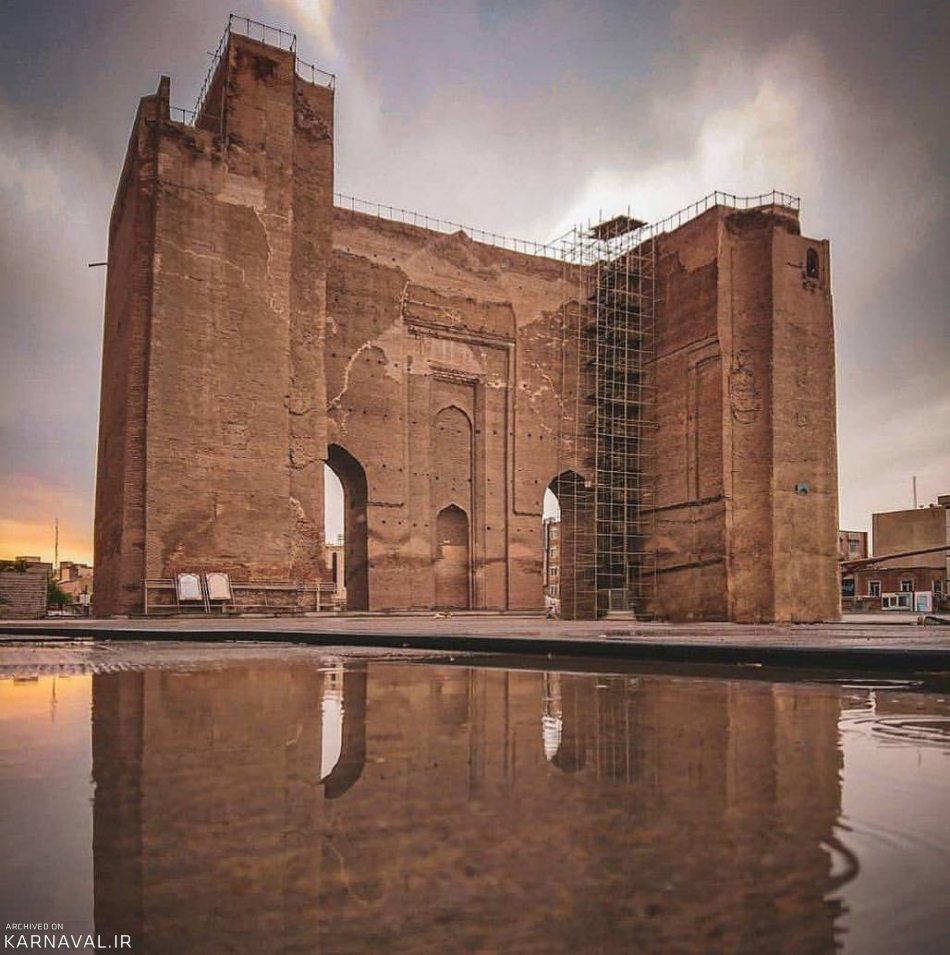
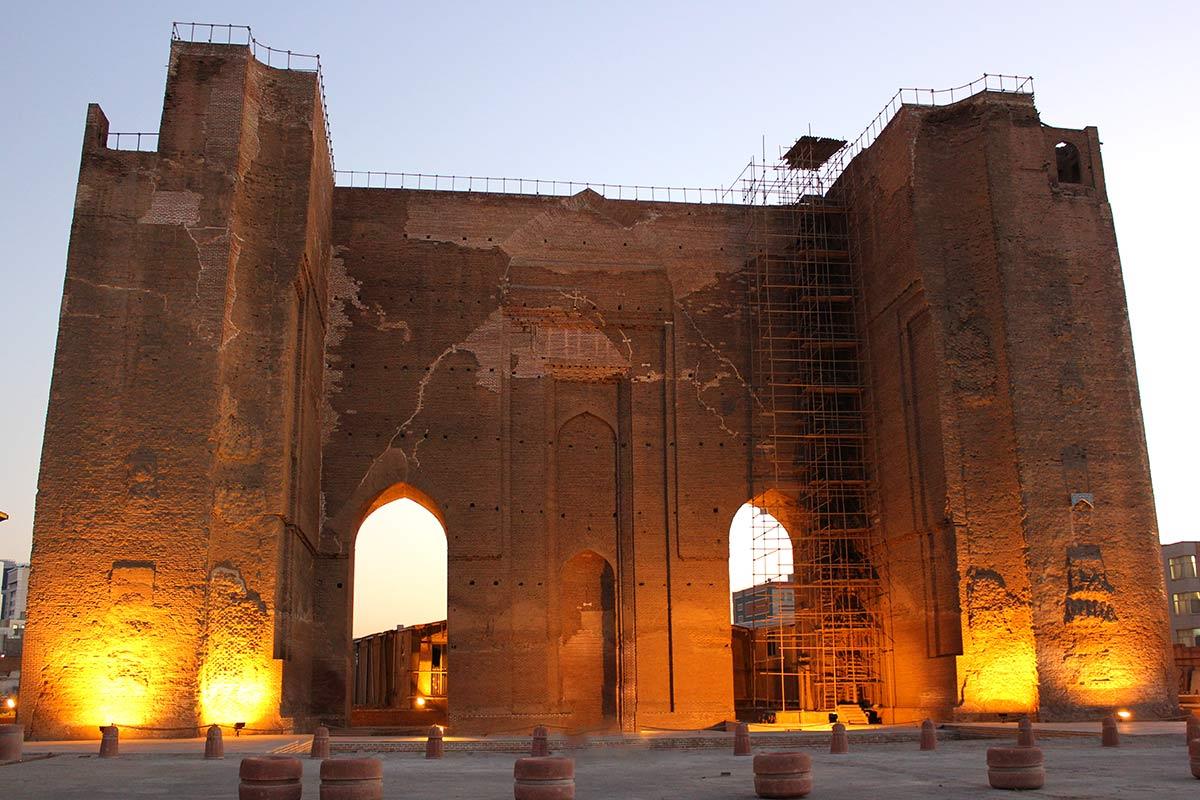
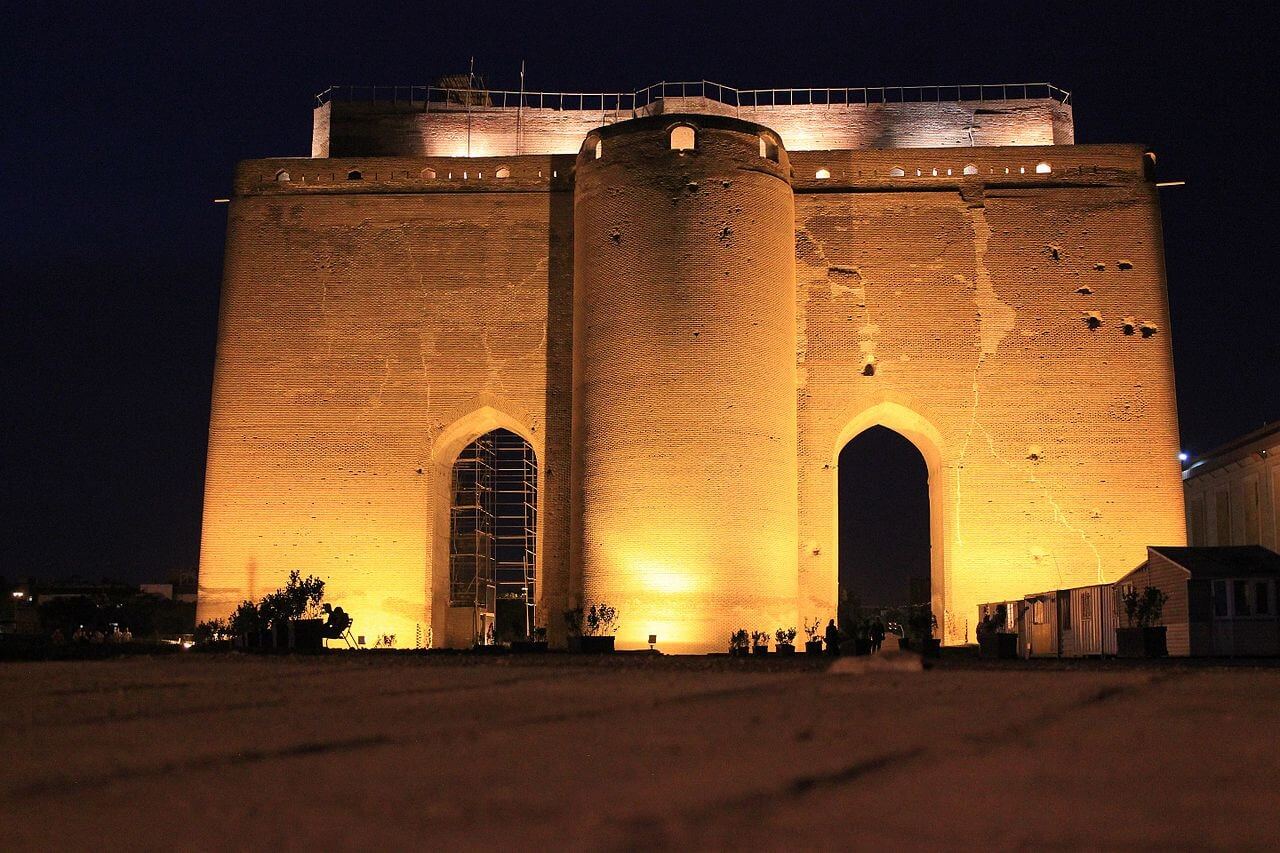




Choose blindless
Red blindless Green blindless Blue blindless Red hard to see Green hard to see Blue hard to see Monochrome Special MonochromeFont size change:
Change word spacing:
Change line height:
Change mouse type:
.jpeg)
